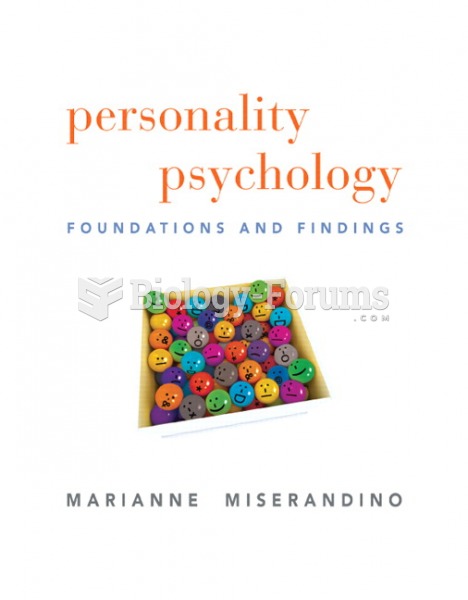This topic contains a solution. Click here to go to the answer
|
|
|
Did you know?
About 100 new prescription or over-the-counter drugs come into the U.S. market every year.
Did you know?
Excessive alcohol use costs the country approximately $235 billion every year.
Did you know?
The average office desk has 400 times more bacteria on it than a toilet.
Did you know?
On average, someone in the United States has a stroke about every 40 seconds. This is about 795,000 people per year.
Did you know?
The longest a person has survived after a heart transplant is 24 years.







